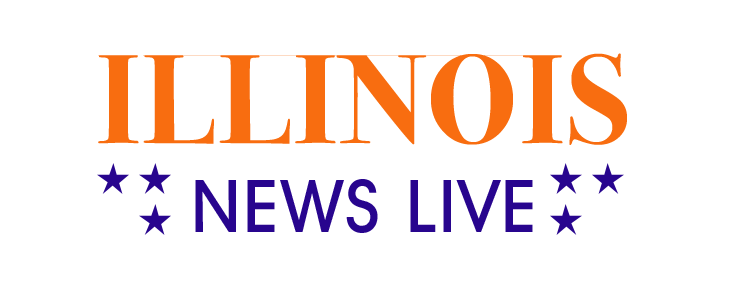Pros and cons of income-driven student loan repayment
An income-driven repayment plan is a federal student loan repayment option where your monthly payment is based on your income and family size. There are four different income-driven repayment plans. The repayment plans you’re eligible for depend on your loan type
and personal situation, and the percentage of your income you pay every month depends on which plan you choose.
Income-driven repayment can help make your student loan debt more manageable, but it also has some downsides to be aware of. Here’s a look at some of the key considerations:
Pro: Lower monthly payment amount
One of the biggest pros of opting for an income-driven repayment plan is that it can help lower your monthly student loan payments. This can be a huge relief if you’re struggling to make payments each month.
With an income-driven repayment plan, your payment is based on your income and family size. Depending on your situation, your payment can even be as low as $0 per month.
If your income goes down or you have an unexpected financial emergency, your payments could go down as well. On the other hand, if your income goes up, your payments could increase.
Con: Length of repayment
Because your monthly payment is based on your income in an income-driven repayment program, it could take a longer time to repay your loans under an income-driven repayment plan. If you’re aiming to have your loans paid off as quickly as possible, an alternative repayment plan may be a better option, particularly if you don’t qualify for public student loan forgiveness (PSLF).
If you’re working in the private sector, and/or will not qualify for public loan forgiveness, or if you expect to change jobs regularly, you could alternatively look at student loan refinancing options to pay off your loans faster with a lower interest rate, potentially lower monthly payment, or shorter term. Keep in mind that if you refinance with a private lender, you’ll lose access to income-driven repayment programs and other federal student loan benefits and protections.
Con: Interest still accrues
Even if you’re paying $0 a month, interest still accrues, and your balance could end up bigger than it was before you opted for an income-driven repayment program. If you have a large balance and on an income-driven repayment program for several years, your balance could become unmanageable.
Pro: Loan forgiveness
One of the biggest potential benefits of an income-driven repayment plan is loan forgiveness. If you make consistent, on-time payments for 20 or 25 years (depending on the plan), any remaining balance on your loan will be forgiven.
Con: You pay taxes on any balance that’s forgiven
If your loans are forgiven after 20 or 25 years, the IRS considers the amount that was forgiven to be taxable income, so you’ll end up paying taxes on it. This could end up being a significant amount of money.
Deciding whether to pursue an income-driven repayment program
Income-driven repayment plans can be a helpful way to manage your student loan debt, but they’re not right for everyone. Be sure to weigh the pros and cons carefully before enrolling in one of these plans.



